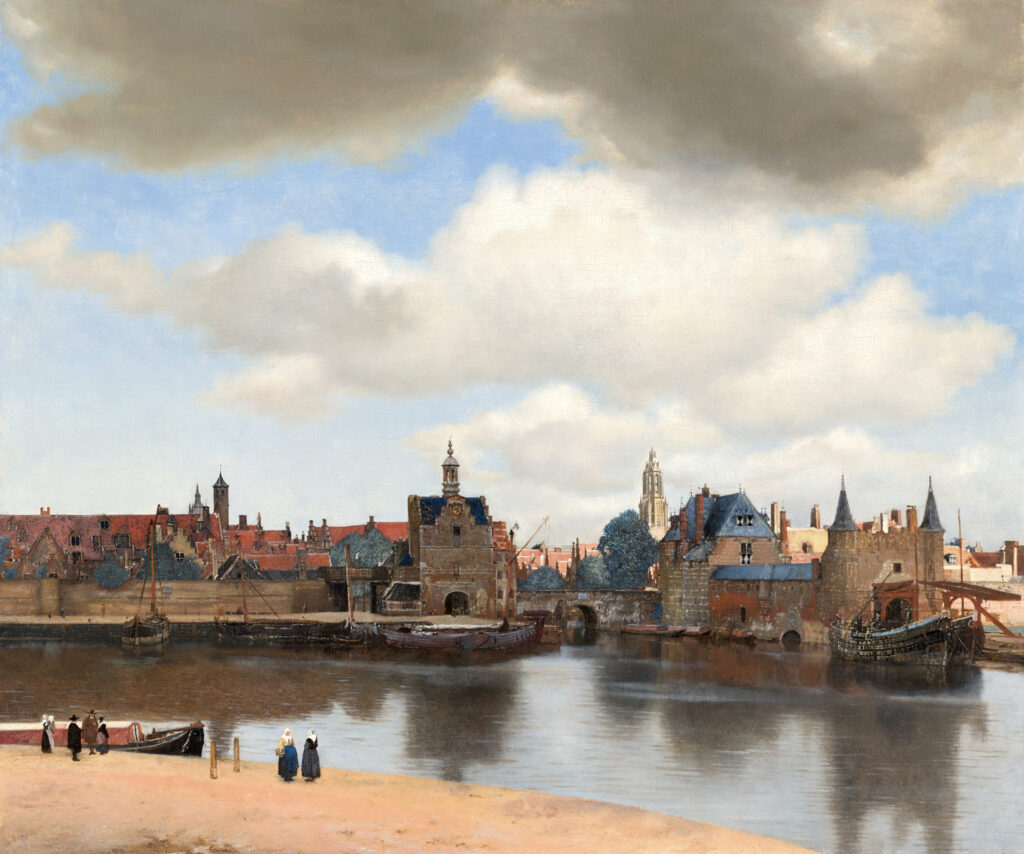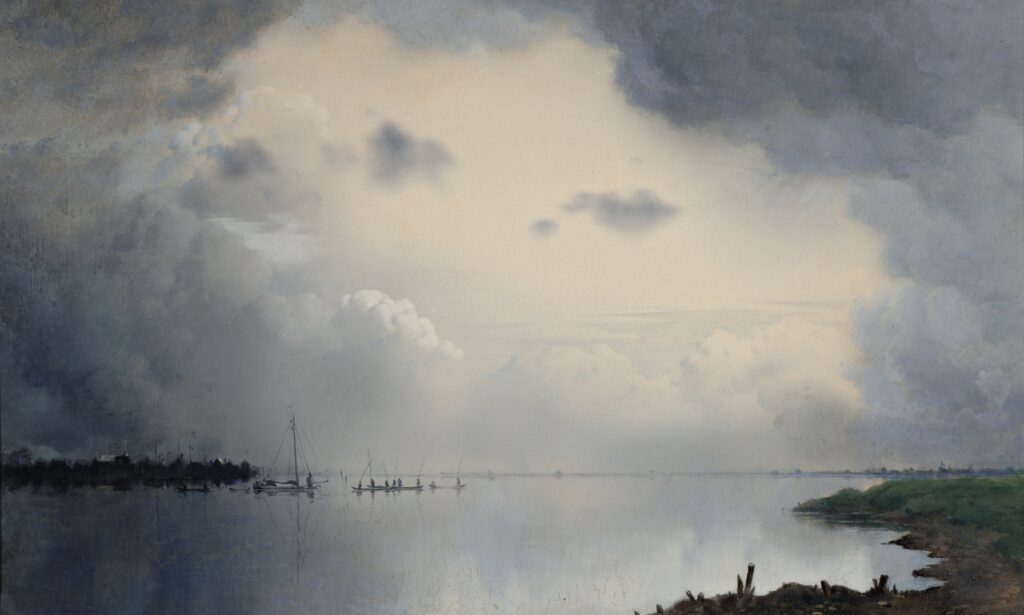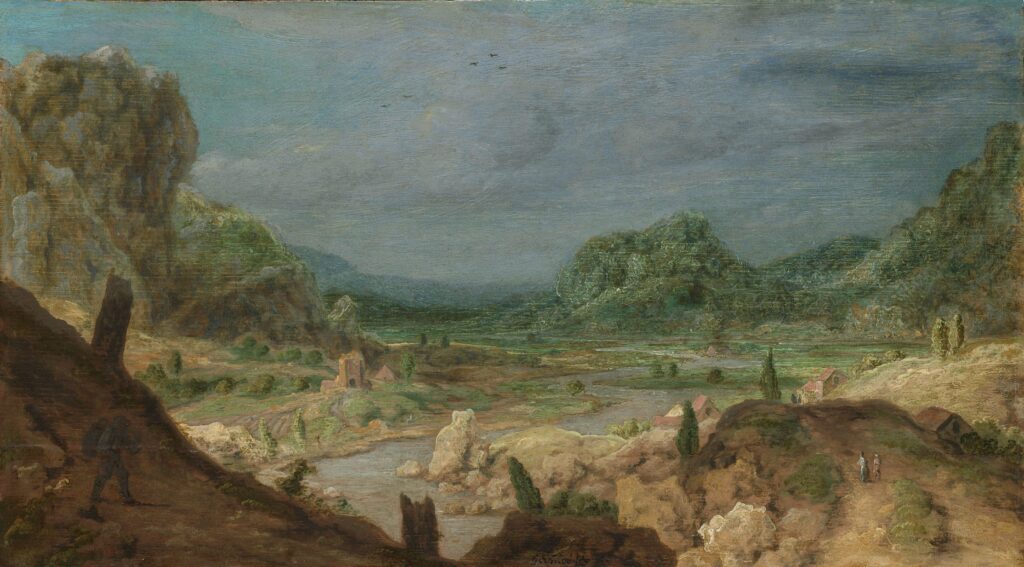Ida Gerhardt (1905 – 1997) was a Dutch poet and classicist who shared with an older generation of poets – the Movement of Eighty and the symbolists – a love of classical antiquity that inspired her poetry all her life. Her collected works comprise two volumes. Reading through them you will find the waters and plains, the clouds and light of the Dutch landscape, allusions to classical works and reflections on her work as a high school teacher. Her work possesses a stern, marble-like character, her poems are written in a traditional style with care for rhyme and rhythm, her imagery is influenced by the Greek and Latin poets whom she called the ‘bread and cup of my youth.’ She wrote her dissertation on a partial translation of Lucretius’ De rerum natura. Later in life she would
translate the Georgica by Virgil and, with the help of her life-long partner Marie van der Zeyde, the Hebrew Psalms.
In this article I will ask how Ida Gerhardt imagines the Dutch landscape in her poetry. What are the characteristic elements of the Dutch landscape that appear in her poems? And how does the world of antiquity and particularly ancient Greece influence her view of the Dutch landscape? As an introduction to these questions, I will discuss a poem that illustrates the love of Ida Gerhardt for her country. At the end of the article I have included some reproductions of paintings that are referred to in her poetry.
Read the full article here.

Johannes Vermeer, View of Delft (c. 1660-1661 – Mauritshuis)

Jan Voerman, IJssel landscape with fishers (1910-1920 – Voerman Museum)

Hercules Seghers, River Valley (c. 1626 – c.1630 – Rijksmuseum)